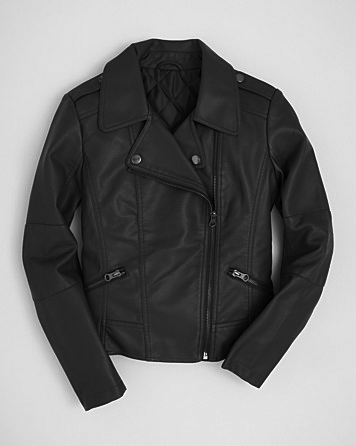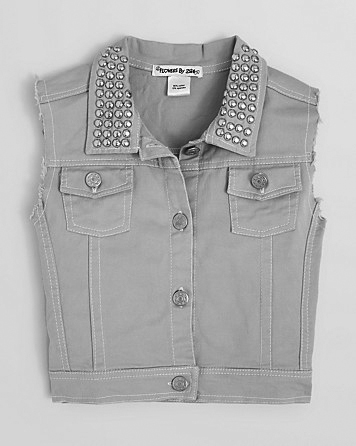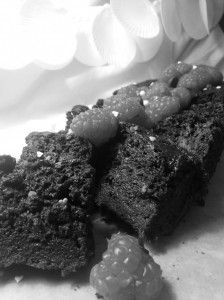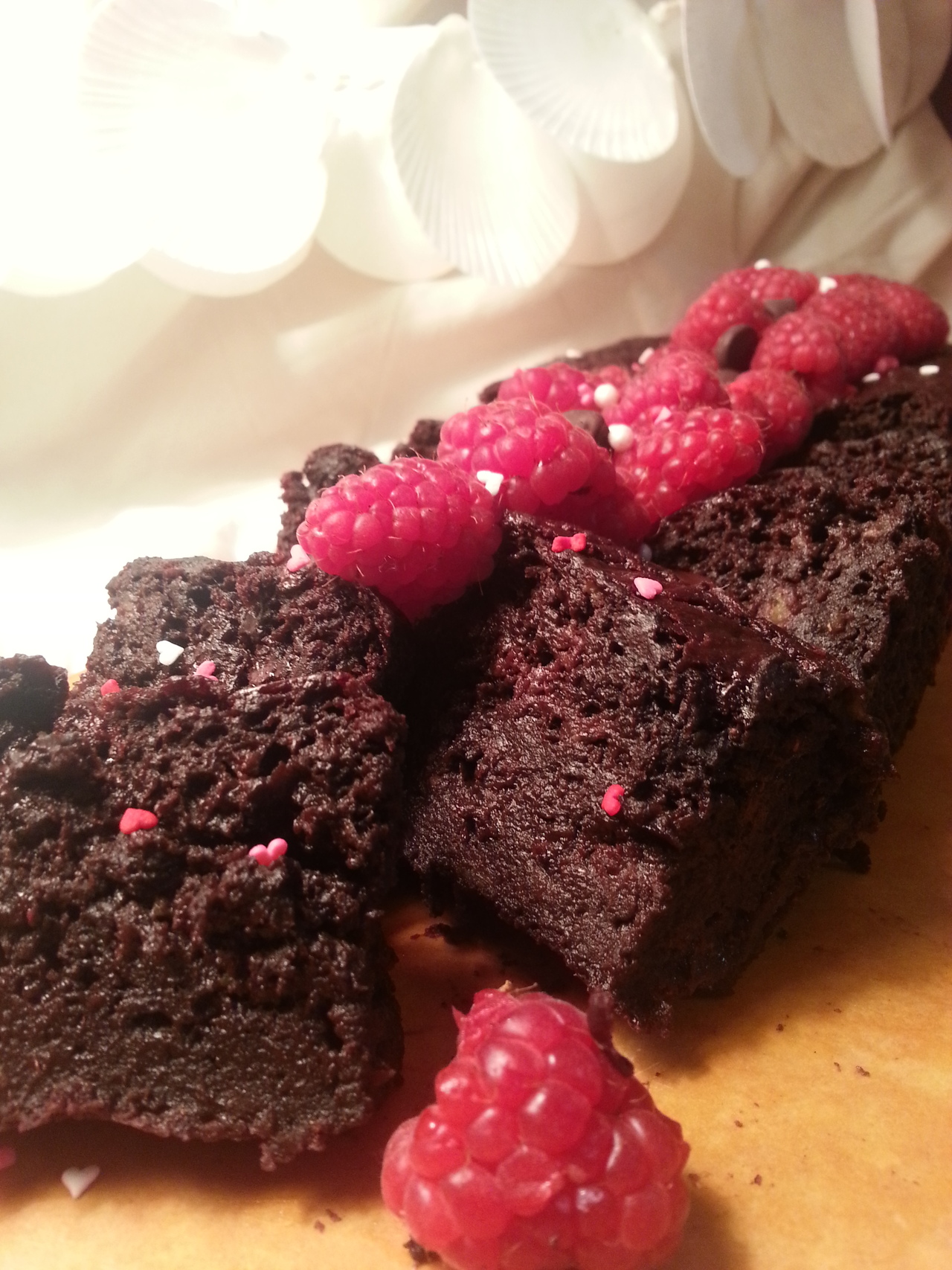Laura Crowley
Dr. Thompson: Mass incarceration as the problem, not solution
Many Americans would instinctively agree that locking away criminals would make our nation more secure. On Feb. 13, Dr. Heather Ann Thompson of Temple University said otherwise. The number of imprisoned Americans has skyrocketed in recent years to numbers that are unparalleled internationally. There are even more people behind bars today than there were slaves in 1850. What Thompson and other acclaimed political scientists have found is that mass incarceration is desolating our cities, orphaning our children, threatening our democracy, depleting our communities’ resources and weakening our economy. This trend doesn’t just affect the incarcerated, Thompson said, but its systemic effects are changing all of our lives.
One trend Thompson mentioned is the “white flight” that occurred when whites left the cities in exchange for the suburbs in the 1980s. After this mass exodus, a so-called “criminalization of urban space” occurred when the federal government targeted cities in its crackdown on crime. During that time, record populations, which were overwhelmingly African-American males, were given heavy sentences and cities cleared out. The trend of mass imprisonment continues today and in 2012, a record 2,266,800 Americans were behind bars. But the record number of incarcerated cannot be attributed to increased crime rates, as the two variables have been proven to be disaggregated from each other. Some may see mass incarceration as a modern day form of racial oppression, since one in nine black men will be imprisoned within his lifetime.
What is perhaps more disturbing is that one in 28 children are now orphaned due to mass incarceration and the associated loss of parental rights. Along those lines, the imposition of police in schools has even led to the incarceration of children, often with behavioral issues. Thompson mentioned a case in which police interrogated a child for 10 hours. With the increasing pattern of imprisonment in kids ages 10-17, Thompson contends that America’s youth is being deprived of a normal childhood.
In some cities, with so many Americans behind bars, one in every 16 residents has cleared out. Most behind bars are black, causing the demographic to become disfranchised politically, since so many of many of them have been stripped of their voting rights due to their status as a felon. If this disfranchised population had been afforded its rights, studies show that the outcomes of several elections would have been changed.
The incarcerated are also making our cities poorer, Thompson said. Every one person counted in the census is, on average, allotted $10,000. Since the incarcerated are not counted in the census, communities are being deprived of financial resources, especially those in cities.
With the privatization of prisons, our financial well-being as a country has also been put in jeopardy. Private companies such as Victoria’s Secret, Dell and Starbucks are now opting to hire the imprisoned versus free citizens, since prisoners are model employees as they don’t need vacation time, don’t complain and don’t stay home from work. But this doesn’t mean prisoners are getting rich, Thompson said; prisoners in private prisons are required to pay for their housing, food and other expenses and rarely break even, which means they are typically broke when freed.
Sixty-five million Americans have a criminal record, which means they are faced with enormous challenges in finding work. Furthermore, the newly freed are restricted from access to welfare, which means that freed convicts are not only unemployed, but are deprived of programs like food stamps.
Thompson contends that the money taxpayers spend toward up keeping Americans behind bars is exactly the money that needs to be spent on struggling communities. Studies have shown that in times when money has been focused on the education systems and infrastructure in cities, crime rates have fallen. When sentences have been reduced from 30 to 15 years, studies have shown that the freed convict is more likely to become a functioning member of society.
Thompson and other political scientists have called this phenomenon “the elephant in the room” and have cited politics as the main obstacle to changing the epidemic. For instance, the Obama administration has carefully danced around the issue, since the notion of freeing the incarcerated doesn’t rest well with most Americans. What needs to occur, Thompson said, is a reevaluation of our prison system and consideration for modeling a new system on foreign ones that have proven themselves more effective.





